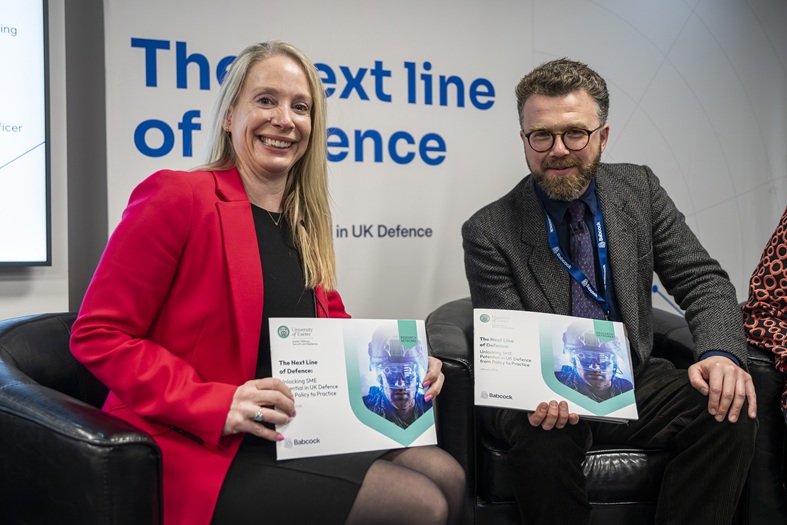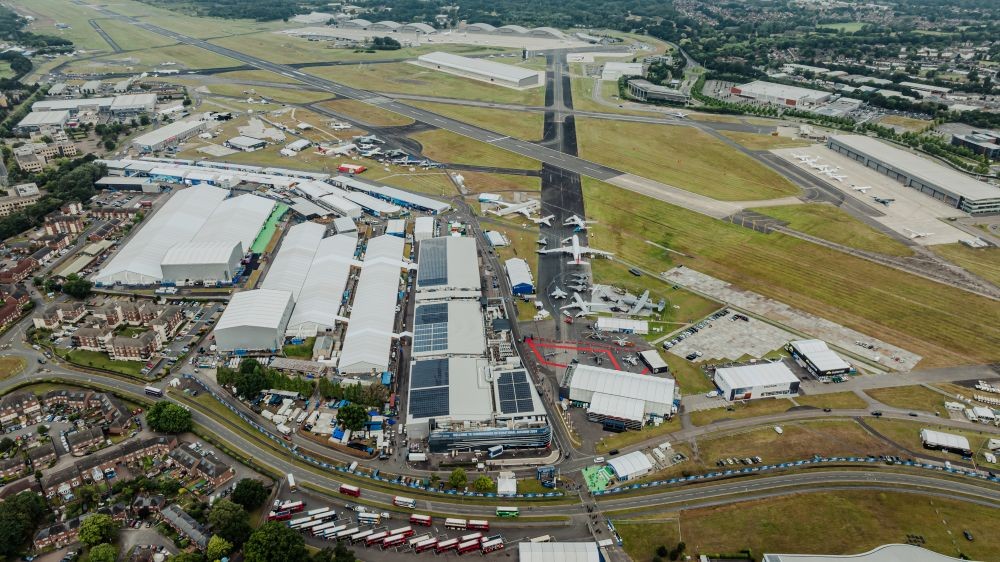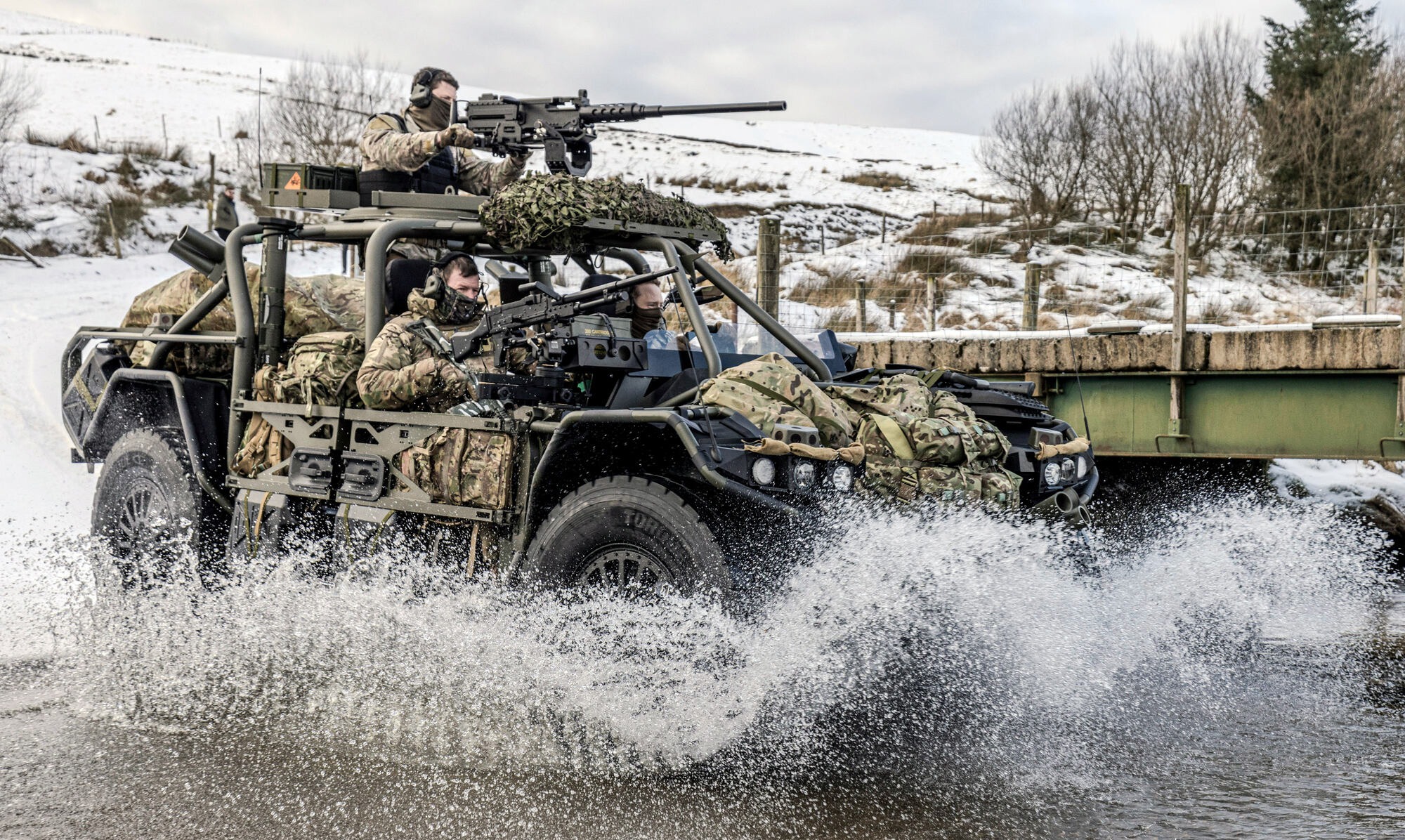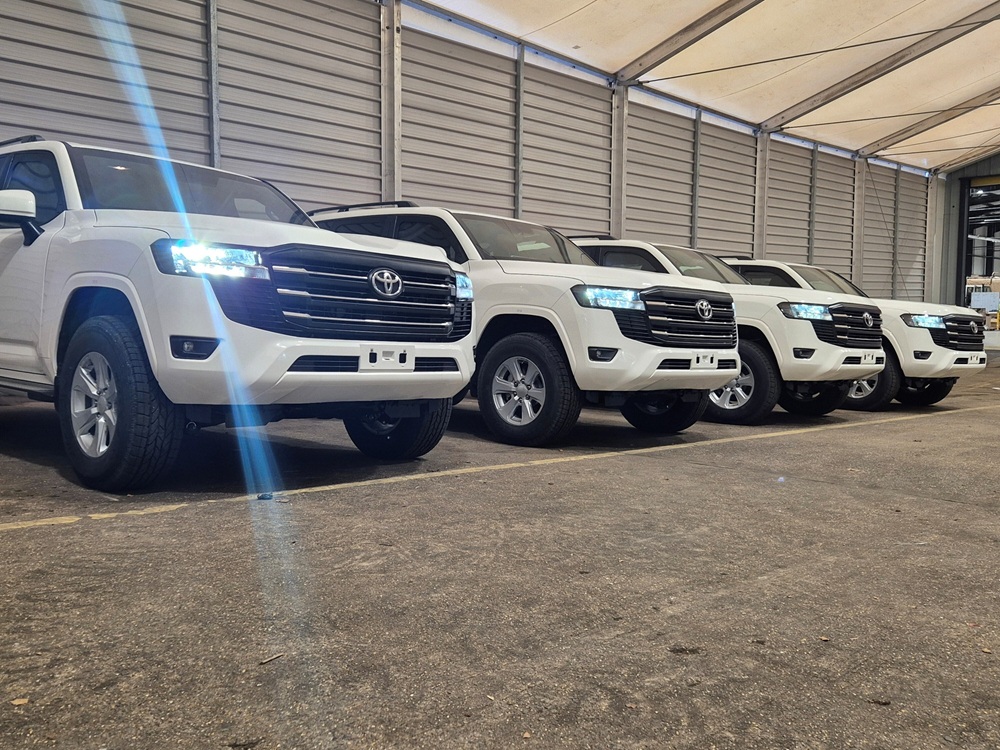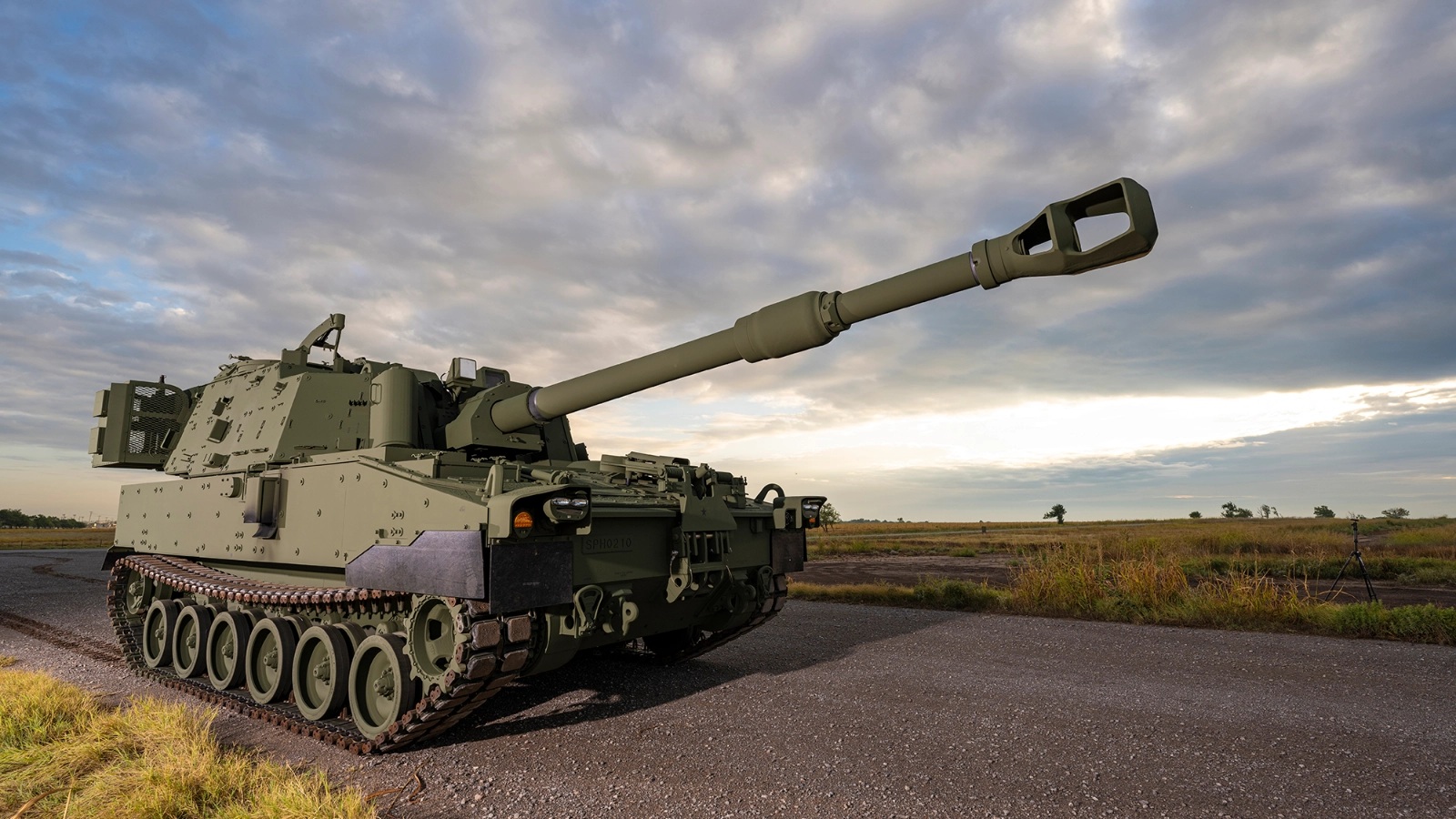Serco’s Voyager team making headway with NOMARS
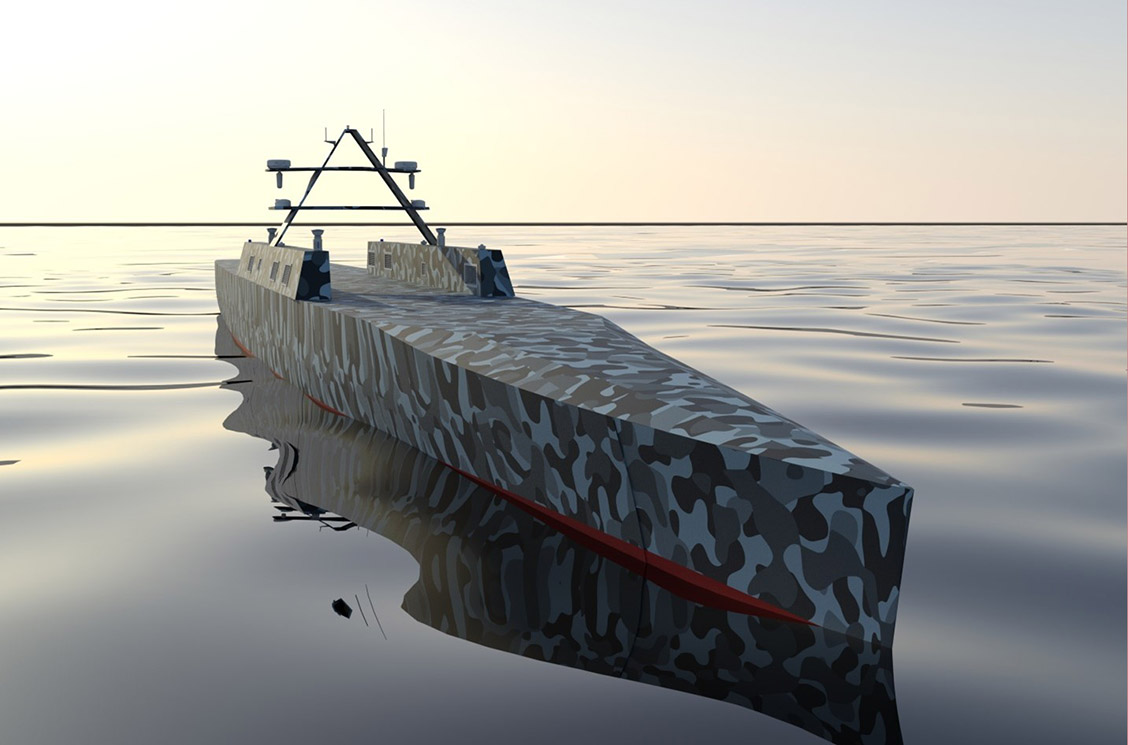
Image courtesy Serco
This brings Serco’s Voyager team, including Metron, one step closer towards Detail Design and Construction of DARPA’s revolutionary X-ship technology demonstrator.
Serco’s Marine Engineering Operations (MEO) team includes a Naval Architecture and Marine Engineering expertise drawing on its pedigree from JJMA (John J. McMullen and Associates). In 2005, JJMA was purchased by Alion Science and Technology Corporation, and then the Naval Systems Business Unit was sold to Serco in 2019. Through retention of industry leading experts and mentoring of the next generation of ship design professionals, Serco carries on the 60-year tradition of cutting-edge Naval design and engineering.
The NOMARS X-Ship is envisioned as a radical departure from traditional naval ship design with a clean sheet refresh on the unmanned surface vessel (USV) concept. NOMARS has no provisions for personnel aboard and a stringent requirement for year-long, high-reliability operation. With a reimagined maintenance philosophy, novel means for self-adaptation and use of new data analytics techniques to explore the USV design space NOMARS aims to enable robust and cost-feasible long endurance naval drones. These platforms will perform missions traditionally reserved for much larger and higher lifecycle cost assets.
The NOMARS Voyager platform is designed to drastically decrease the Navy’s cost per mission hour with a reduced platform size, zero onboard manning, and a unique ability to stay on mission longer. Medium USV platforms are envisioned as capable of extending the reach of larger manned combatants. Able to observe and contest large swaths of the mission space, USVs could enable virtually embarked warfare commanders to be everywhere at once. A fleet comprising these smaller, yet capable autonomous platforms are anticipated to yield an increase in deployed capabilities with a reduction in mission cost, operational constraints, and risk to human life.
The Serco Team is headed up by program manager Nate Miller, PE, design integration manager Dr Robert Scher and technical integration manager Mark Shanks. Mr Miller has assembled a multi-disciplinary team that recently came through early-stage design for FFG(x), DDG(x), LAW and other Future Surface Combatant Force programs. With a strong awareness of the Navy’s past lessons and future surface needs, Serco strategically combined its ship design expertise with industry leaders in autonomy Metron and Wartsila Defense to form the Voyager team. Metron and Wartsila have involved themselves with tackling the development of an intelligent autonomy system that will act as the ship’s virtual engineering staff making decisions and predictions to operate the vessel at maximum continuous reliability and inform remote operators ashore of ship health and future mission capability. Serco has undertaken a detailed analysis of a wide range of machinery and hull designs options, working with their shipyard partner to validate the producibility of the design options. With its own take on the set-based design process, Serco utilised an in-house developed Design Space Exploration (DSX) Software to create customer confidence in design decisions by multi-objective optimization analysis of millions of competing seaframe candidates.
”DARPA has enabled us to do something cutting edge in Naval Engineering. We not only interrogate why a concept is a superior performer, but we now pinpoint each concept on the frontier of dominated alternatives. We can then consider it against the customer’s measures of merit, which not only helps create confidence in a particular ship point design but we are able to quantify the relative trades, allowing for better informed requirements,” said Nate Miller, Serco’s Programme Manager.
With the conceptual design phase complete, the Voyager team will now push to further define the Voyager top-level and derived requirements at the System Requirements Review (SRR). In this next phase, Serco will leverage its Model Based Systems Engineering (MBSE) expertise, integrating the systems engineering verification within a digital thread. This process significantly reduces technical risk by streamlining Validation & Verification. Serco is an early adopter of both MBSE and Set Based Design in Naval applications and at the leading edge of a paradigm shift in how engineering firms approaching complex design programs.
"We really wanted to push the limits with this design, and DARPA has structured this contract in a way that allows us the freedom to consider a wide range of traditional and emergent technologies, it really is an exciting time to be in the field, it’s the kind of work that if you are lucky comes around a few times in a career and really makes it all worth it, we have a great group of engineers and sharp industry partners. I believe we are creating something game changing,” said Ryan Maatta, the team’s Lead Reliability Engineer.
Future NOMARS Phase 2 will encompass risk reduction of enabling technologies and ship design concepts, detailed design and construction, and initial demonstrator at sea testing, and is expected to be awarded Q1 FY22. The vessel at sea Demo is planned for Q3 FY24 in advance of a transition period where NOMARS will join other Naval drone ships currently under evaluation by the Navy for integrated fleet operations.
This material is based upon work supported by the DARPA TTO under Contract No. HR001120C0153. Any opinions, findings and conclusions or recommendations expressed in this material are those of the author(s) and do not necessarily reflect the views of DARPA TTO.






